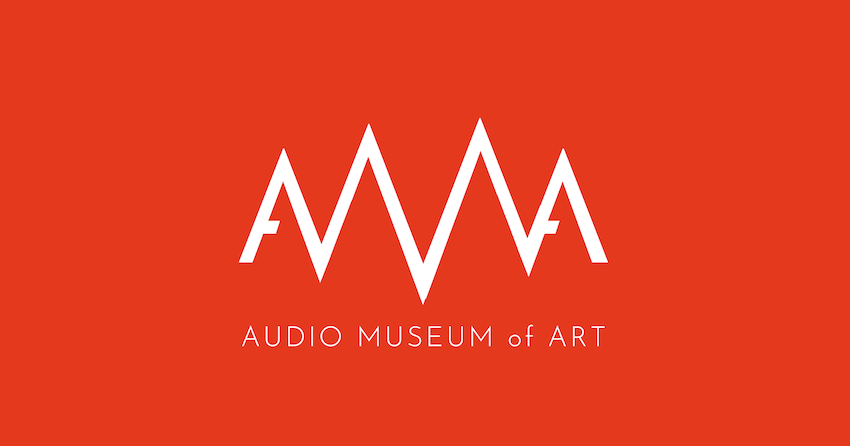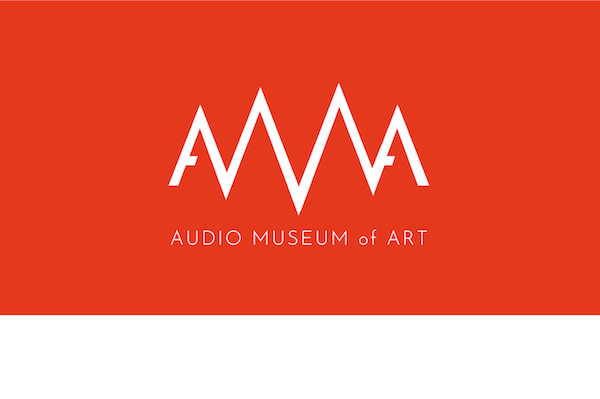Audio Museum of Art Alexa Skill Provides Content Optimized for the Smart Speaker Experience

The Audio Museum of Art (AMA) is a new Alexa skill is billed as “A hands-free, eyes-free museum you tour with your voice.” Vintage radio commercials from the 1940’s, 50’s, and 60’s represent the first gallery on display for listeners. The voice assistant guide is museum docent Bot Draper, a play on Mad Men’s famous lead character, Don Draper. Ads include Alka-Seltzer, Camel Cigarettes, Armour Hot Dogs, and Columbia Records. Bot Draper introduces and comments on each advertisement to offer context. The AMA could use some more content, but the concept is intriguing and the initial gallery implementation experience is good with clever dialog.
Smart speaker users are accessing content that is aligned with a voice-first and audio-first experience and radio commercials fit that description. It will be interesting to see what other audio content arrives in future galleries. Voicebot caught up with Doug Schumacher, founder of Arrovox, and publisher of the Audio Museum of Art, to learn more about the project.
What is the Audio Museum of Art?
Doug Schumacher: The Audio Museum of Art is a hands-free eyes-free museum toured with your voice. The museum presents auditory exhibits on a range of human interest topics. It’s currently on Amazon Alexa (“Alexa, open Audio Museum of Art”), and hope to have it on Google Assistant soon.
What was your inspiration?
Schumacher: I’m a fan of modern art. I like the Damien Hirst’s and Jeff Koons’ works that prompt the question, “What is art?” So I was thinking, if a sliced up horse floating in formaldehyde can be art, then why not interesting audio clips?
What is your objective?
Schumacher: As the voice web ecosystem evolves, it’s going to create new content opportunities for content creators and brands alike. So, the goal was to have a vehicle for exploring different voice-based content formats. Of course, ideally, it would also have a consistent wrapper for brand familiarity and recognition. So the idea of a museum with different galleries seemed to work well.
How did you get started?
Schumacher: Once the museum concept was there, it was all about the gallery content and what types of sound elements will work on the platform, maintain listener interest, have broad enough appeal, etc. They also need to be sound clips you can tell an interesting story around. My first gallery idea was showcasing great speeches, and it was almost finished, but I ran into issues around the length of the audio clips, or needing to edit the speeches down to where I thought they were losing too much.
What’s next?
Schumacher: Our aim of presenting auditory artworks across a range of human interest topics is intentionally broad; flexible enough to stretch from spoken word pieces to sound effects, musical instruments, etc. We’ll be announcing new galleries soon.
What has surprised you about the project thus far?
Schumacher: The biggest surprise, and it’s why we don’t use the word “exhibit” in the museum language, is that Alexa easily confuses “exhibit” with “exit.” So, we refer to an exhibit as a “gallery.” That way in the voice navigation people won’t have to say “exhibit” and get tossed off the app.
How did you decide what types of audio “art” would be included in the museum for the launch?
Schumacher: Frankly, my initial goal was to get the first exhibit live and make sure everything was working smoothly. So the decision around gallery content was primarily around which audio clips we had the best access to, as well as quickly putting stories together around them. There were a number of galleries in consideration, and vintage radio commercials was the best fit.
You have commercials included as audio art exhibits in the museum. Do you think some people will reject the idea that advertisements are art?
Schumacher: Well, MOMA has advertising exhibits, and ads in their design archives, so we’re not setting any precedents there. But to your question, I’m sure that will be an issue for some. And, I think going forward we’ll have more works that will raise questions of whether it’s art or not. At this point, even the category of audio art could be subject to that debate. Exploring those boundaries is going to be interesting.
Follow @bretkinsella Follow @voicebotai









